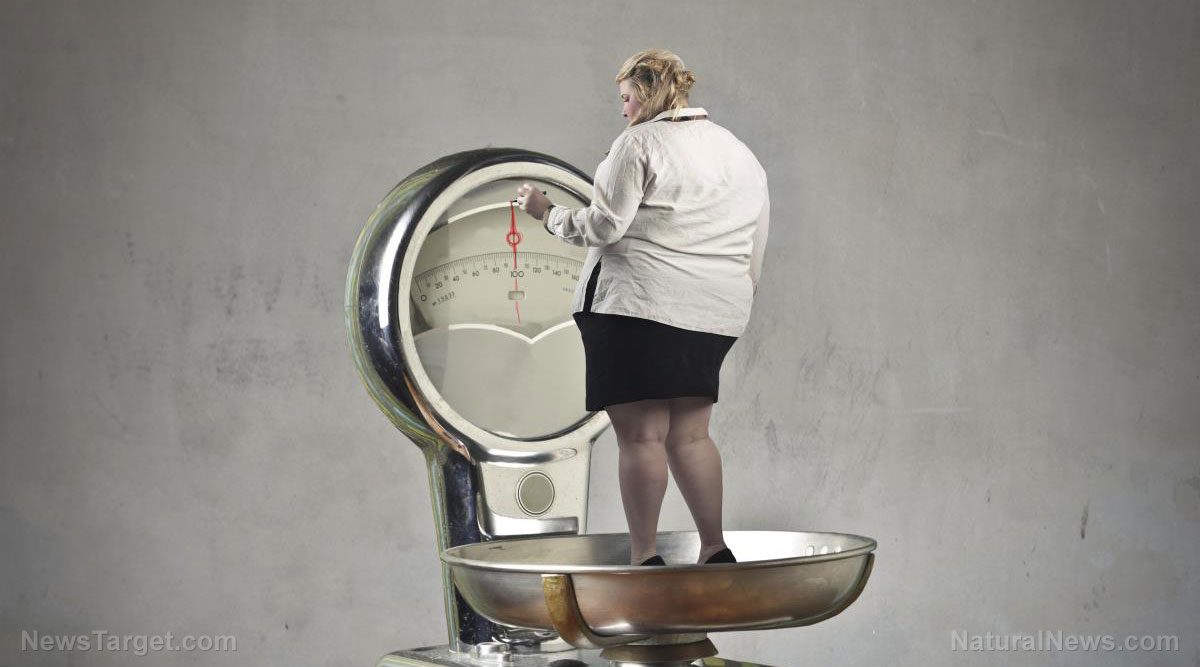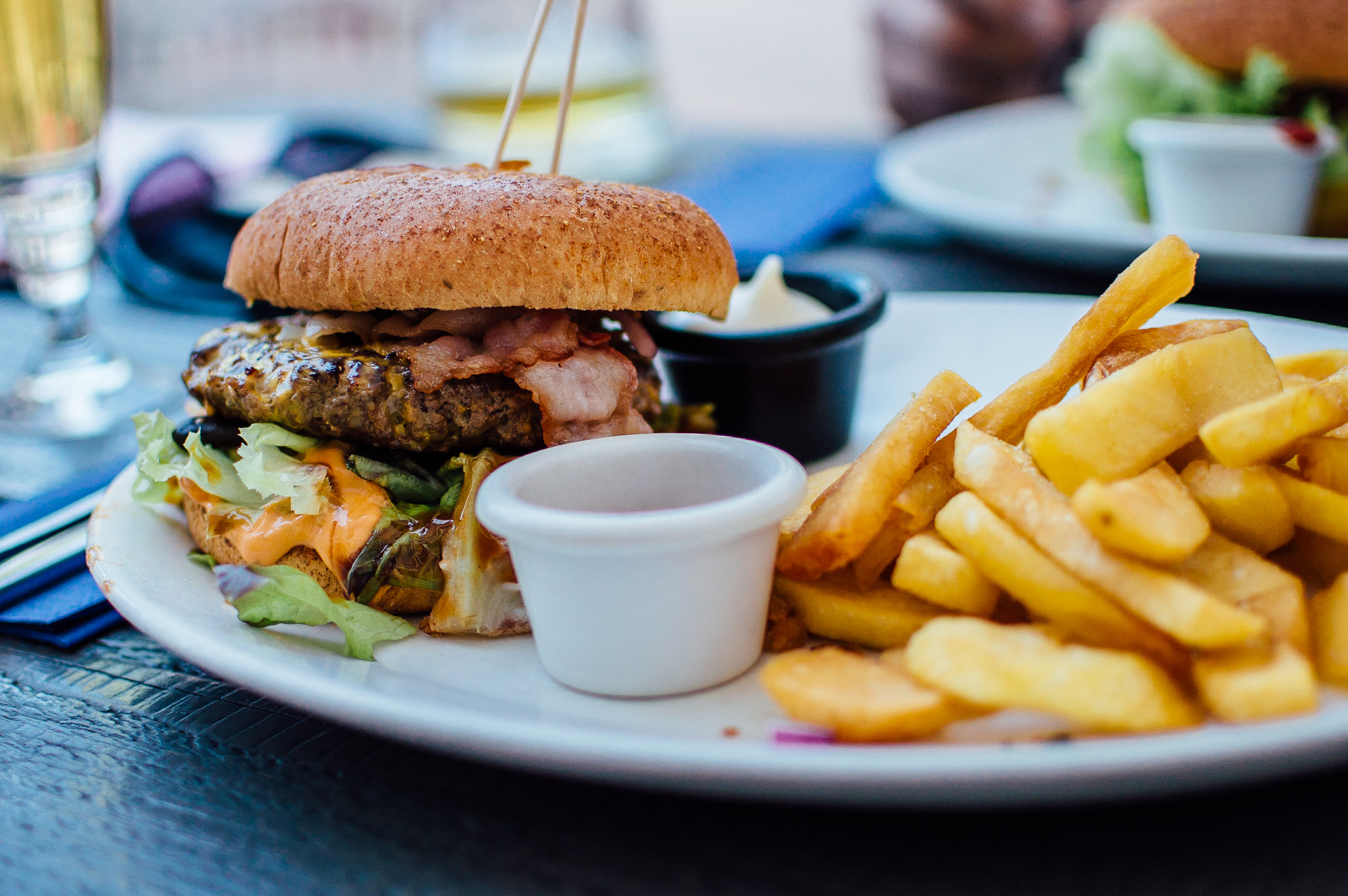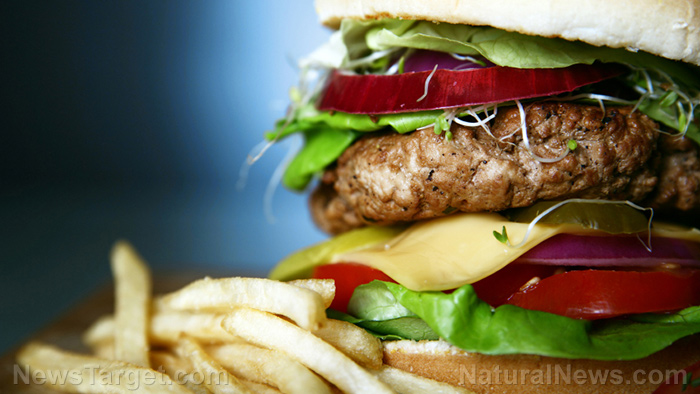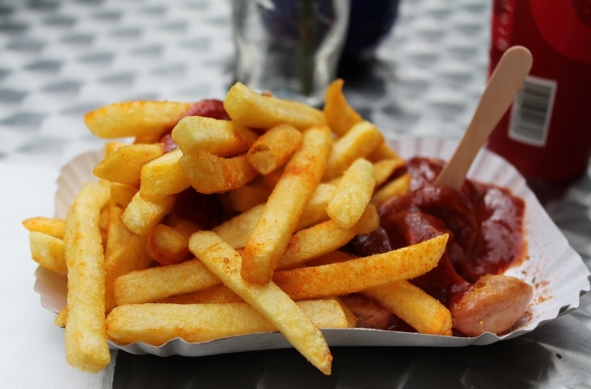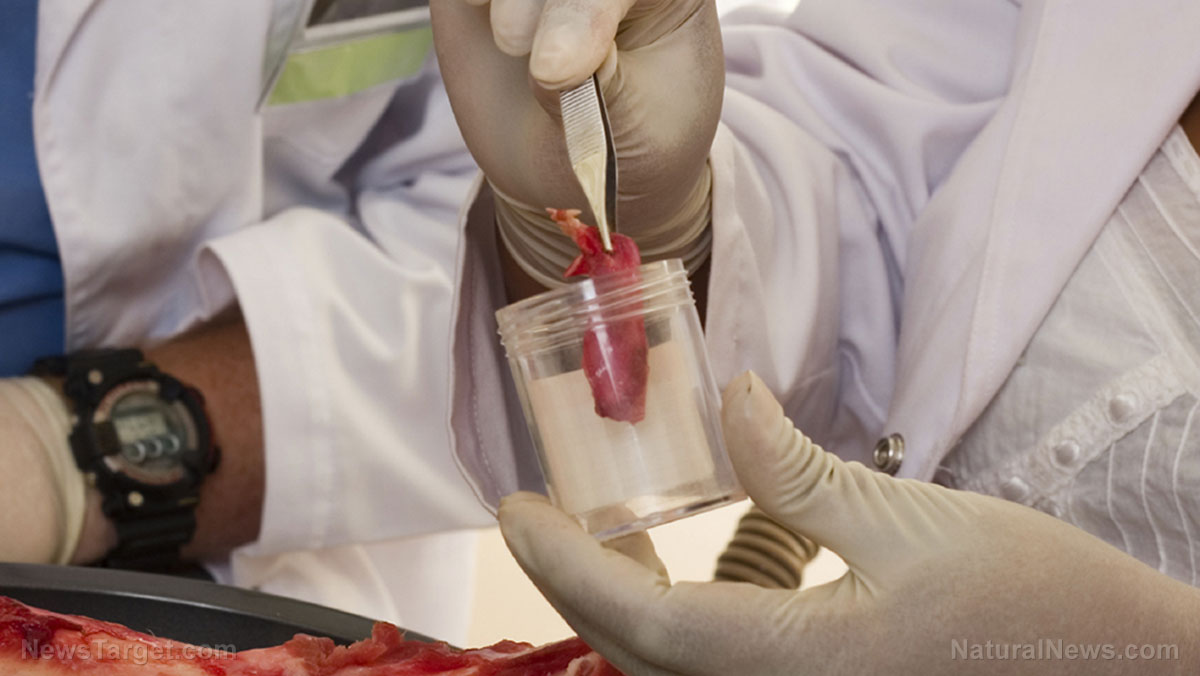Antibiotic-raised meat sources being dropped by many fast-food eateries
02/12/2017 / By Vicki Batts
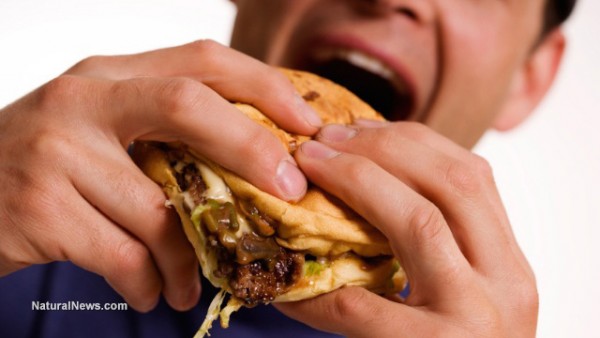
“Clean food” and “fast-food” are two terms that most of us never dreamed would one day be related. But as the clean food movement continues to take the nation by storm, it seems that many popular fast food chains are catching on. For example, In-N-Out Burger — a popular chain rooted in California — announced last year that they would be moving away from antibiotic-fed meats.
In-N-Out Burger has been setting itself apart from its competitors for quite some time: the chain doesn’t use frozen meats, microwaves or heating lamps. Their focus has been on making freshly made food that’s a cut above the rest, and it seems that they are taking that initiative more seriously. Activists had been pushing for the beloved burger chain to make the switch, and executives finally acquiesced to their demands, making their announcement of planning to go antibiotic-free in early 2016.
The move away from antibiotic-ridden meats was a big step in 2016 for a company that only serves beef hamburgers, fries and drinks. However, the company never came forth with any dates or plans for when their food would become antibiotic-free. So, whether or not the meat you’re eating there is truly antibiotic-free remains up in the air. Hopefully, more information on the antibiotic status of their meat will be made available soon.
In the meantime, there are many other fast-food places that have joined the antibiotic-free bandwagon. Not long ago, Chipotle, McDonald’s, Panera Bread, and Subway pledged that by 2017, all of the chicken they serve would be totally free of antibiotics. (RELATED: Follow more news about fast food at FastFood.news)
Jean Halloran, director of food policy initiatives at Consumers Union, says, “If you’re a consumer who buys fast food and wants to help fight antibiotic resistance, you could start by ordering chicken at those four restaurants.”
“But still, we’d like to see more restaurants serving ‘no antibiotic’ chicken and also ‘no antibiotic’ beef and pork,” she added. Chipotle and Panera Bread’s “no antibiotic” policies do extend to all other types of meats that they serve. Subway has promised that all of its meat will be antibiotic-free by 2025. But chicken is a start, at least.
Chick-Fil-A has also pledged that their chicken will be antibiotic-free by the year 2019.
Fast-food Gets A Grade
In the fall of 2016, six consumer health organizations joined forces to survey which chains were making the greatest effort towards serving healthier food and stop antibiotic use. The survey found that only nine of the top 25 fast-food purveyors planned on eliminating the drugs from their food supply.
The cohort of health organizations also set out to grade each restaurant and crafted a detailed report. The report, “Chain Reaction II: How Top Restaurants Rate on Reducing Use of Antibiotics in Their Meat Supply,” was authored by Consumers Union, the Center for Food Safety, Friends of the Earth, Food Animal Concerns Trust, and the Natural Resources Defense Council. Some 40 percent of each company’s grade was based on the adoption of good policies that prohibit routine use of antibiotics to encourage growth or prevent disease across all the meats they serve, and the adherence to a schedule for implementing their policy.
Beyond the five major chains mentioned above, several smaller chains gained recognition for their clean food policies last year. Au Bon Pain was lauded for their “No. Antibiotics. Ever” policy for their chicken and turkey, while Tender Greens was recognized for using antibiotic-free meats and poultry. The popular bake-it-at-home pizza chain Papa Murphy’s was also noted for their antibiotic-free chicken.
Why go antibiotic-free?
Livestock and poultry raised with antibiotics are a huge contributor to the rise of antibiotic-resistant bacteria. Healthy animals are often given antibiotics for the sole purpose of making them fatter, rather than to treat infections. Antibiotics are also used as a preventive measure to protect animals from their unsanitary living conditions.
The practice of doing this, however, inevitably creates bacteria that are able to resist antibiotic treatment — which leads to the increased potential for a life-threatening infection. The CDC estimates that some 2 million Americans are infected by a drug-resistant bacteria every year. Of those, about 23,000 will succumb to the infection and die. Antibiotic-resistance is a very real issue and it is growing more serious as time goes on; that’s why these initiatives are imperative.
Hopefully, 2017 will bring new faces to the antibiotic-free cause in the food industry. Read more about food ingredients at Ingredients.news.
Sources:
Tagged Under: antibiotic-free, clean food, fast food



